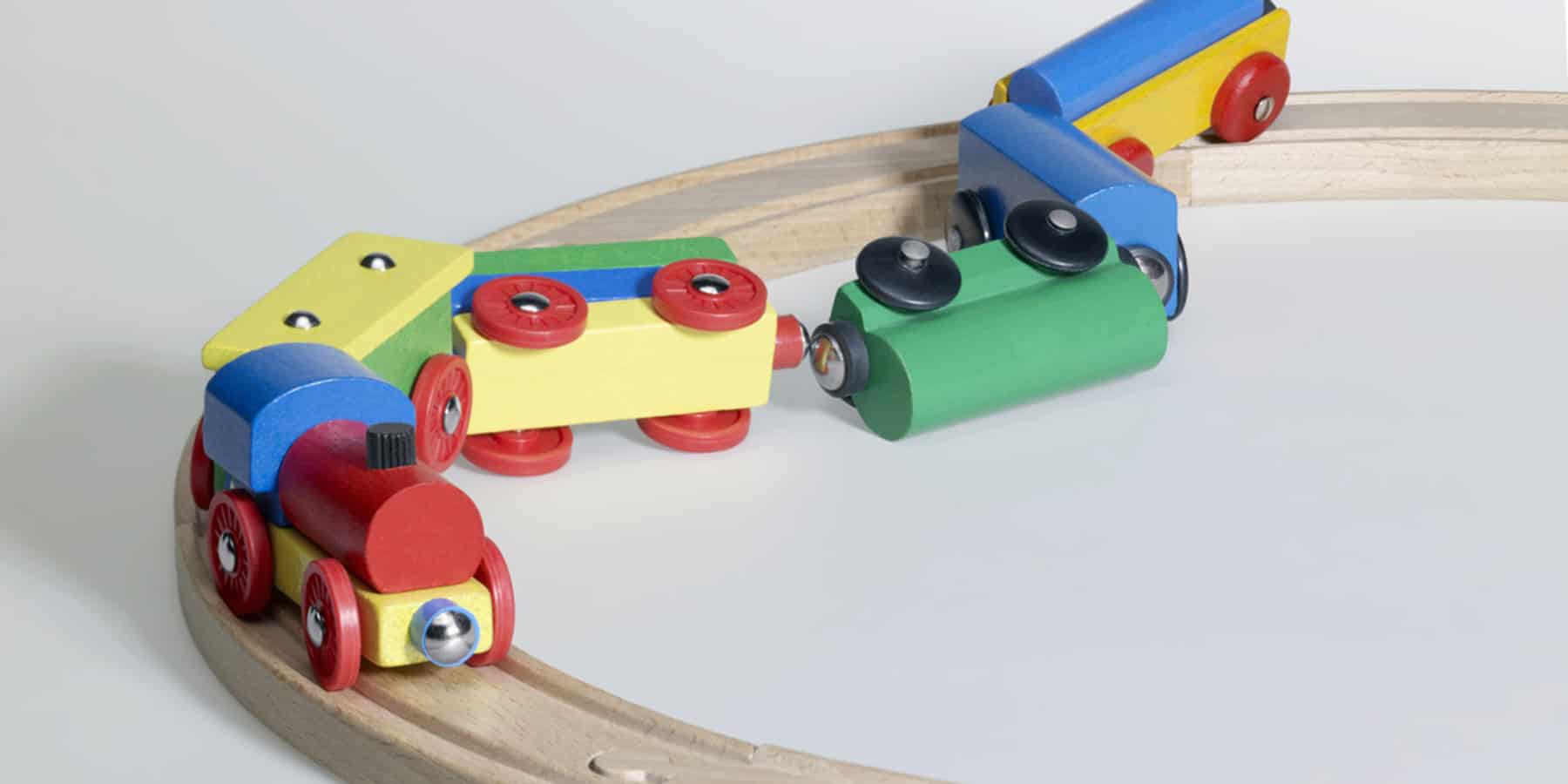There is an approach to customer retention marketing that seems to appear in organizations that truly “get it”. They understand retention is more than discounts, more than plastic key fobs, and more than birthday clubs. It’s an approach to building a relationship that means something to the customer and to the company. It’s an approach that understands the current customer in more ways than the new customer, and reacts in a way that respects that understanding. In the section below I will go through the evolution of these programs to highlight the approaches that make or break each one.
High School: Cash, coupons, and kickbacks.
This first and most basic approach is what a majority of loyalty programs fall into and never rise above. Simply passing out cash back or reward points on a transactional level. This approach is so popular it is now almost expected from any consumer goods or services company. Besides practically being a barrier to entry at this point, it does not provide any true market differentiation. It can be a great tool to enhance your offering in a very price driven market, but your retention marketing must eventually rise to the next level to truly stick out to the consumer as a unique benefit.
College: Response and reward.
This next level focuses on the interactions that come from knowing a customer’s purchase history and habits. The biggest problem in getting to this phase is data collection and implementation. With millions of customers, it’s a challenge to start a meaningful dialog outside of mass emails. The conversation should talk about transactions, but also bring in other information on future purchases, trends, and understanding of that customer. The birthday club was a good example of being proactive in relationship, but with the way loyalty programs have surged in the past three years, the thoughtfulness is not as thoughtful any more. Programs that look beyond the product or service offering to add more to the relationship can excel at this level. Exclusive shopping days or events, informative emails on products viewed but not purchased, or simple emails that just tell the customer how great it is to have them as a customer. The key here is move beyond the transaction, into relationship.
PhD: Love and trust.
The last and perfect stage of customer retention marketing programs is love and trust. What many companies don’t understand about this phase is that you cannot set up a program to achieve love and trust. This phase is the result of continually meeting of expectations over time. It is the result of the relationship that meets the customer’s expectations over and over again. This level does not care as much about the points or kickbacks, because the brand is more personally ingrained into their lives in a meaningful way. The rewards are small bonuses that add to the overwhelming feeling of trust and reliability the brand already has with them.
In conclusion, your retention marketing lives in one or between two of these phases of evolution. The question is, do you know which one? Start by really reviewing the goals of your program and how you can elevate your customer into new levels of engagement, not just transactions, and you’ll be on your way to a much more successful retention campaign.



